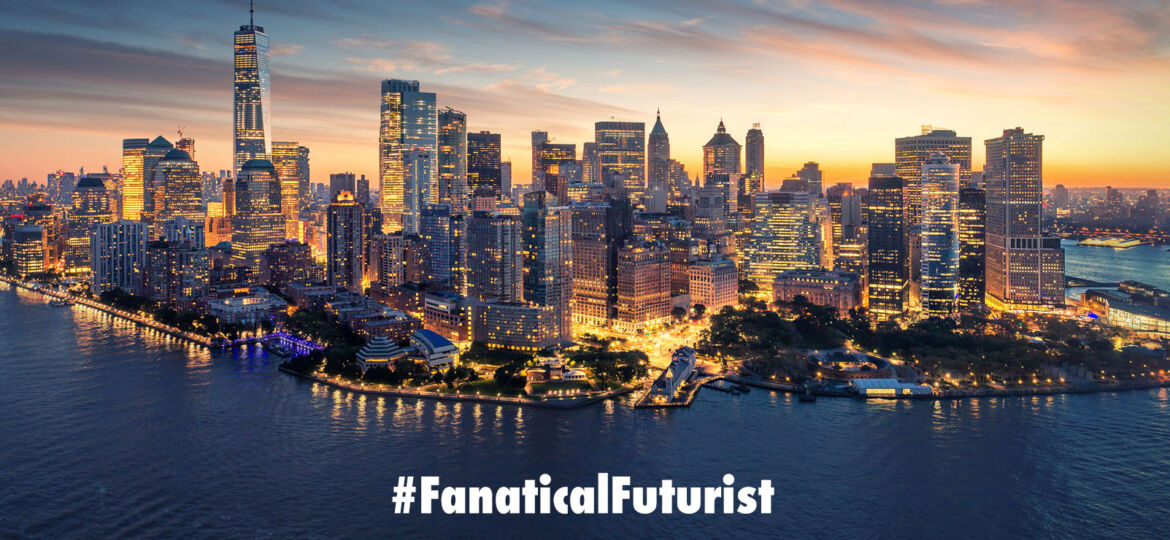
WHY THIS MATTERS IN BRIEF
Vehicles and other city infrastructure could share information about their environments and end up with collective perception to make the streets safer.
 Love the Exponential Future? Join our XPotential Community, future proof yourself with courses from XPotential University, read about exponential tech and trends, connect, watch a keynote, or browse my blog.
Love the Exponential Future? Join our XPotential Community, future proof yourself with courses from XPotential University, read about exponential tech and trends, connect, watch a keynote, or browse my blog.
While many people are talking about the ability for individual cars, robots, and even humans to gather an increasing amount of spatial awareness about their environments using sensors and so on, we are nearing a time when all of these objects can talk with one another via Hive Minds, by using Artificial Intelligence (AI), connectivity such as 5G, and the cloud, and combine all of their different viewpoints to create a “collective” spatial awareness that is more accurate and more informative than anything any one entity could generate by itself.
For example, in the US military they are now using this concept to gather together and combine spatial data from soldiers which they now call “living sensors,” to see the battlefield from all manner of different points of view – which AI then uses to create and update battlefield strategy.
The Future of Mobility: 2030 Keynote by Matthew Griffin
Back in civic society though, while there are now systems that allow cars to see pedestrians or vehicles which their drivers may not notice such setups typically still can’t detect hazards that aren’t in direct line of sight – even though we do now have systems that can literally see objects hidden around corners.
A new technology, however, uses other vehicles and roadside cameras to do that job. The experimental “Collective Perception” (CP) system is being developed via a collaboration between the University of Sydney and Australian tech company Cohda Wireless, funded by Australia’s iMOVE Cooperative Research Centre. It incorporates both Vehicle-to-Vehicle (V2V) and Vehicle-to-Infrastructure (V2I) communications.
As a car using the technology approaches an intersection it receives data transmitted from vehicles ahead of it – which are travelling in all directions – and from camera and LiDAR equipped roadside stations.
If one of those vehicles or stations “sees” a vehicle or pedestrian which is blocked from the approaching car’s view – and that is potentially on a collision course with it – the approaching car’s driver is alerted via an X-ray style display that shows the location of the hidden danger. If the driver can’t react in time, their vehicle’s collision avoidance system will automatically apply the brakes.
In controlled field tests conducted so far, the system was successfully able detect intersecting pedestrians that were hidden by a building, several seconds before an approaching car’s onboard sensors detected them. And while intersections are provided as an example of where the CP technology would be most useful, it could be utilized along the entire length of city streets, alerting drivers to things like jaywalkers stepping out from between parked cars.
“This is a game changer for both human operated and autonomous vehicles which we hope will substantially improve the efficiency and safety of road transportation,” says Prof. Eduardo Nebot, from Sydney’s Australian Centre for Field Robotics.
Source: Story Inception via EurekAlert















